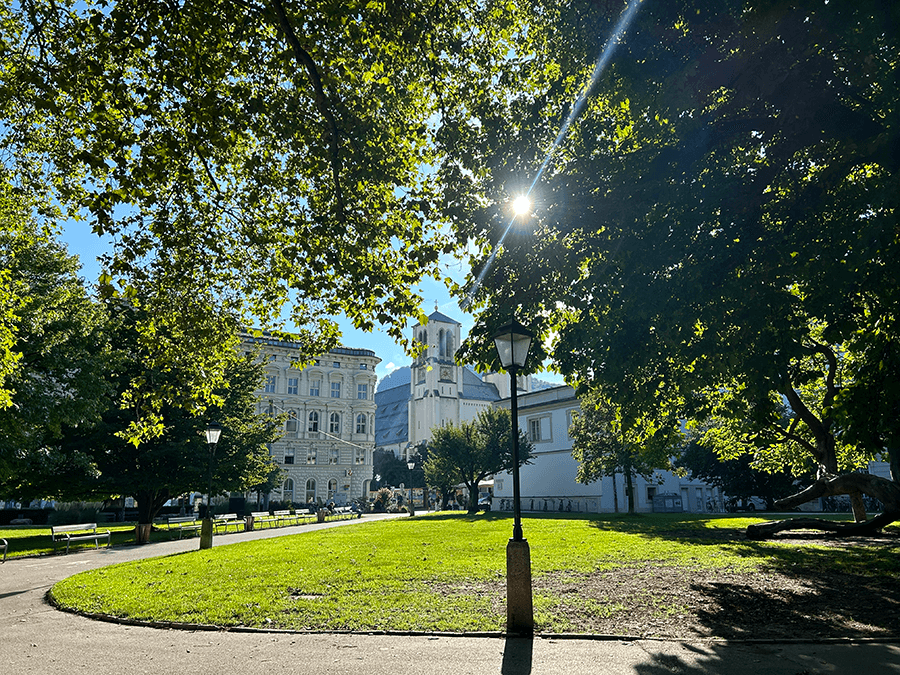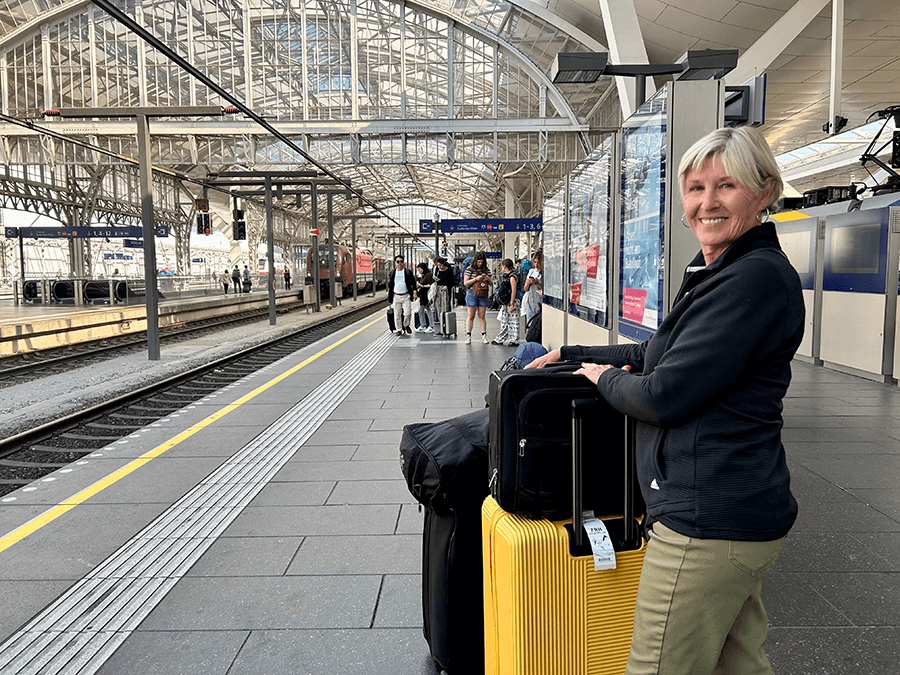
Picture this. Ascending the Vienna State Opera House’s marble staircase beneath gilded gold embellishments to attend a performance of Mozart’s Don Giovanni – mere days after toasting with a straight-from-the-barrel-drawn beer and sharing an oversized pretzel at Salzburg’s Augustiner Brӓu beer garden. Welcome to a week in the life of longtime Southern California resident, first time European visitor, Ada Dixon.
A little back story. When planning her inaugural vacation to “the continent,” Dixon had questions. Where to go? When to visit? What to see? How to get around? In truth, she had no definitive answers for anything but tentative uncertainties about everything.
While open to obvious choices – the United Kingdom because of the common language or maybe Europe’s best-known capitals (London, Paris or Rome) because “doesn’t everyone go there?” – her quest was for more than an easy expectation.
Cue Austria.
Ticking ‘yes’ to requirements on her checklist – safe and clean, English speaking, cosmopolitan yet traditional, pictorial landscapes, distinctive food, dependable transit, reasonably priced with diverse experiences – this small, centrally-located European nation that is bordered by eight countries seemed a match. And traveling during shoulder season (April into early May; September and October) when it is less expensive and less crowded furthered the appeal.
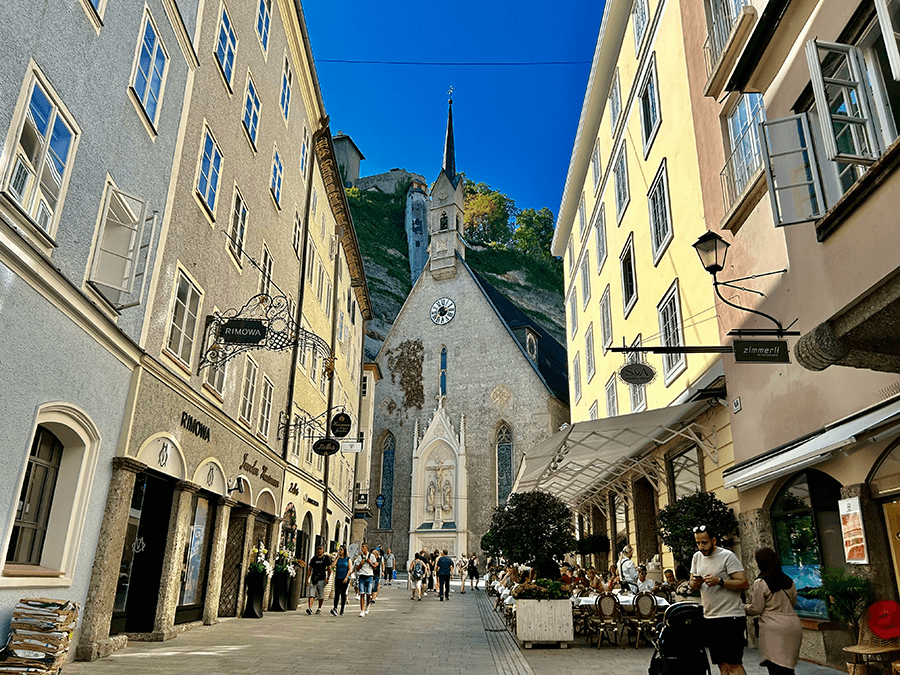
A train journey through the Alps – past small towns with church steeples their highest points and eventually onto rolling land – slid Dixon into a Salzburg state of mind. Finding a half-day private walking tour – the equivalent of a fast-track course of the “best” to be found in this city of 155,000 – certified tourist guide Christina Muhler proved an exceptional tutor in all that was not to be missed. Exploration included visits to both the Old Town and New Town on opposite sides of the Salzach River. Among the only-a-local-would-know stops within Old Town’s boundaries and located on Getreidegasse (the UNESCO World Heritage Site shopping street) were Bellas Salzburg for colorful, comfortable, Italian-made shoes and Sporer liquor and wine shop for a pick-me-up shot of schnapps to be imbibed out of doors from a small tray beside the store’s entrance.
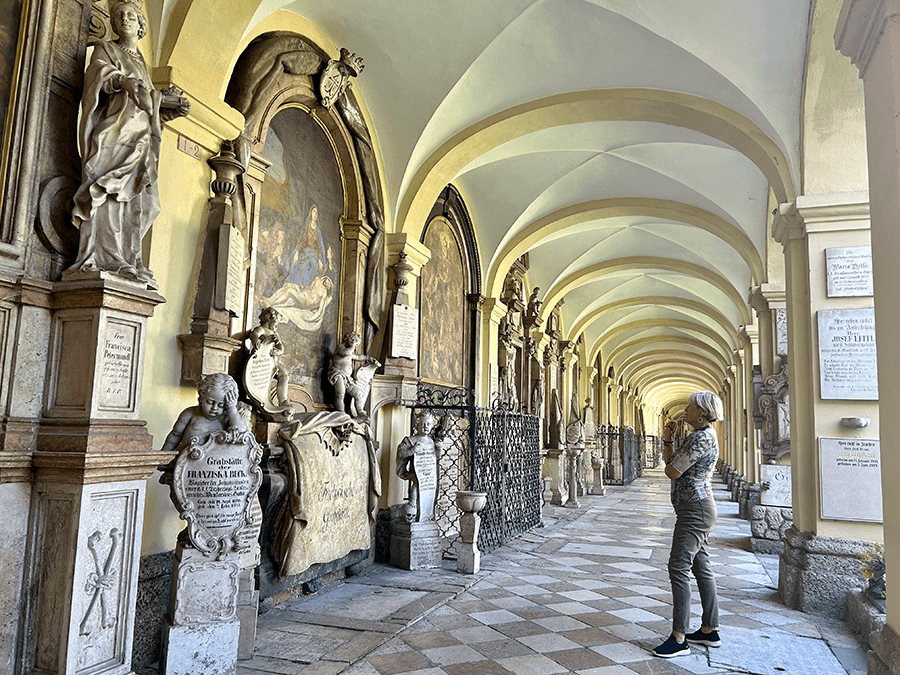
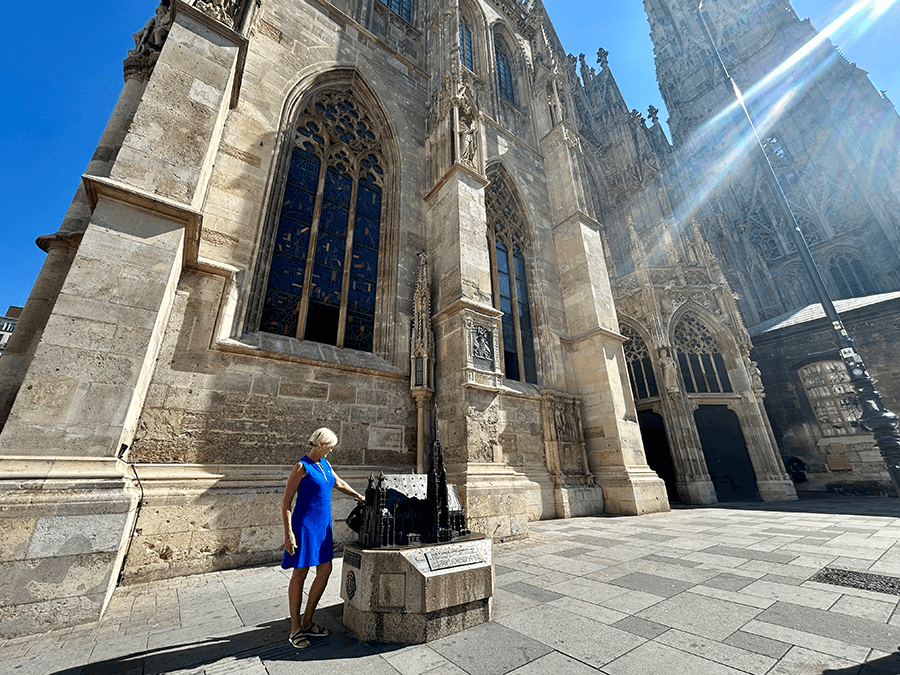
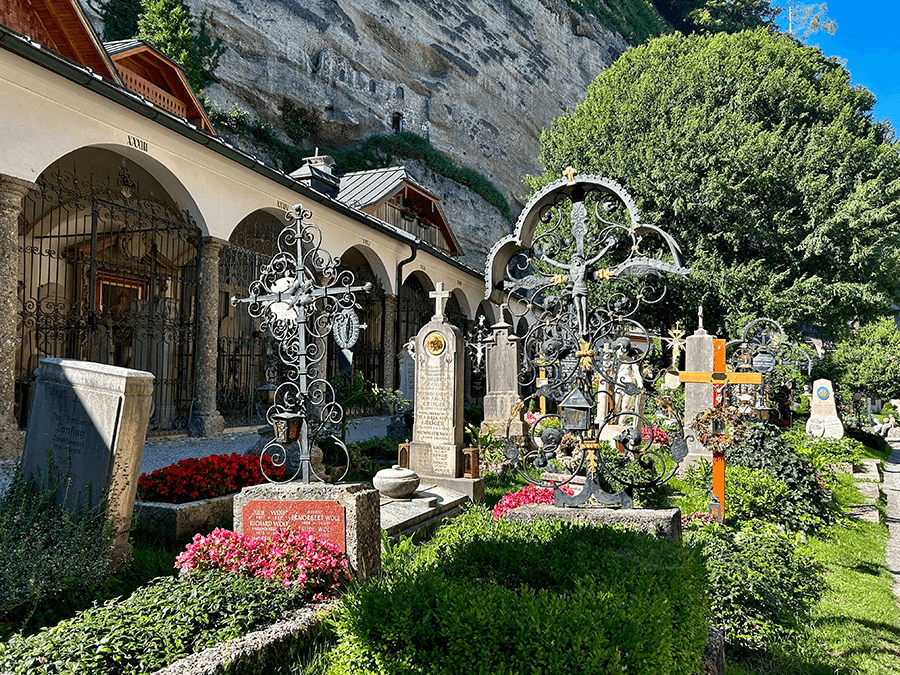
A walk back in time was possible at St. Peter Stiftskulinarium, Europe’s oldest restaurant (AD 803). Located within the walls of St. Peter’s Abbey, past patrons have included such luminaries as Christopher Columbus and Mozart. As an aside, Muhler suggested the purchase of a Salzburg Card, an all-inclusive city card for tourist attractions and public transportation.
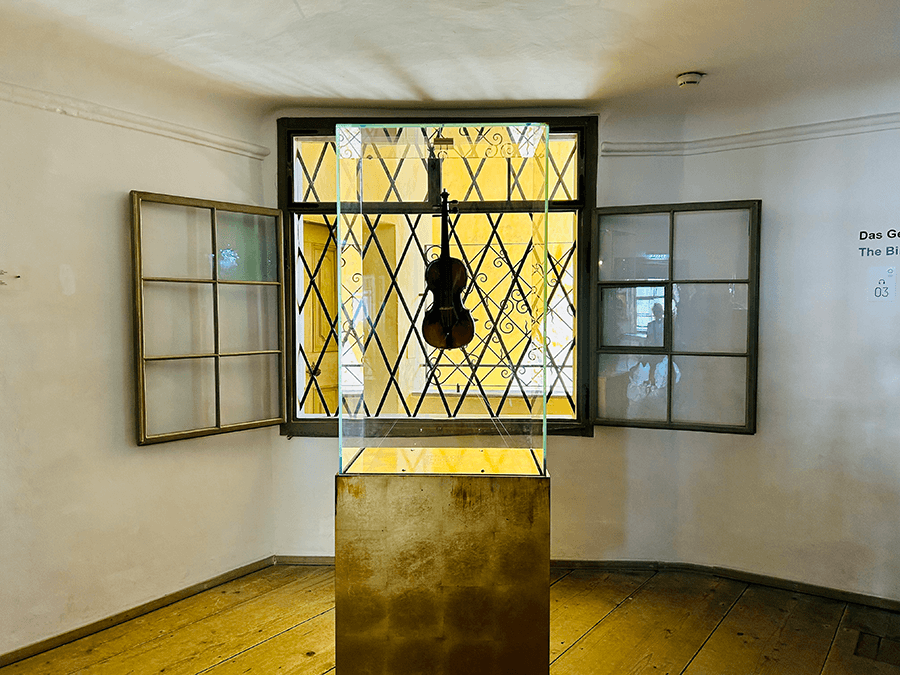
After the Old Town visit to Mozart’s 1756 birthplace (Getreidegasse 9), New Town’s Mirabell Palace Gardens seemed familiar to Dixon – its setting was featured in the “Do-Re-Me” scene of back-in-the-day’s Sound of Music (a film far more popular in the U.S. than in Austria).
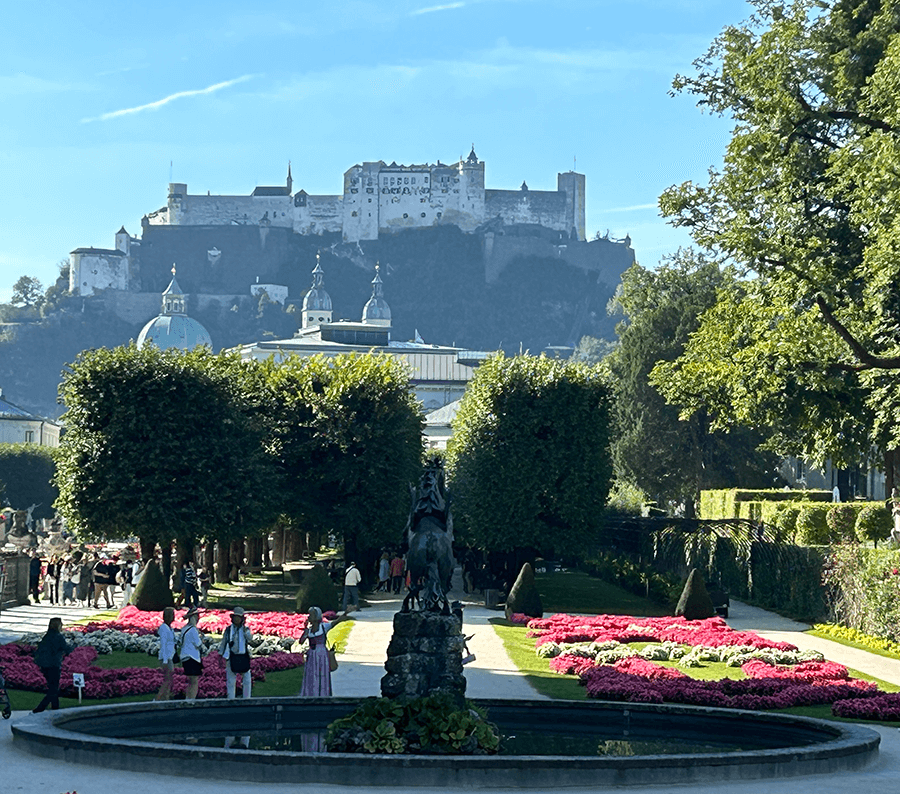
Knowing Austria’s long-time affair with music, significant highlights included an intimate, classical, concert featuring Mozart, Haydn and Schubert in the Marble Hall of Mirabell Palace; while a more casual, though no less impressive, performance discovered within Salzburg Cathedral was its daily noon Organ Music Concert showcasing the sounds of seven organs.
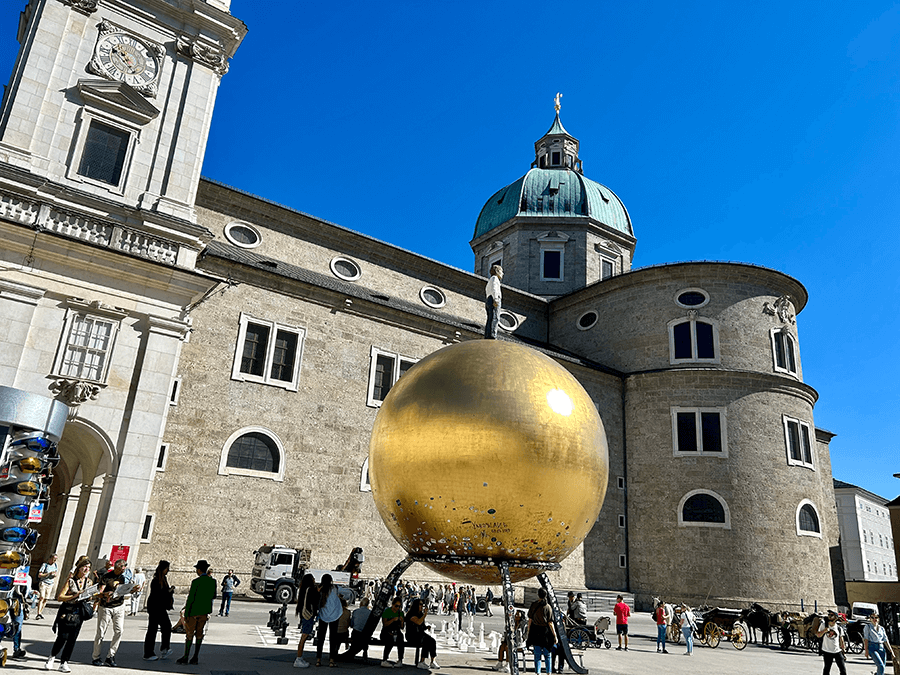
Around the corner from the church’s entrance at the center of Kapitelplatz was “Sphaera,” the city’s iconic massive golden ball topped with a man. The work of German artist, Stephan Balkenhol, it represented the uniqueness of the city’s connection between tradition and modernity. From there it was easy to proceed, via funicular, to the city’s highest point, Fortress Hohensalzburg, for Salzburg’s premier panoramic view finale.
After less than two-and-a-half hours by train, Dixon walked the cobbled streets of Vienna. Amazed at the ease of traveling to this other-end-of-the-spectrum setting (population: 2,000,000), she could almost hear a soundtrack of “The Blue Danube” waltz upon arrival in the country’s sophisticated, world-class capital. Evidence of its Imperial history, European capital status and musical culture was immediate – as was its distinct display of ingenuity.
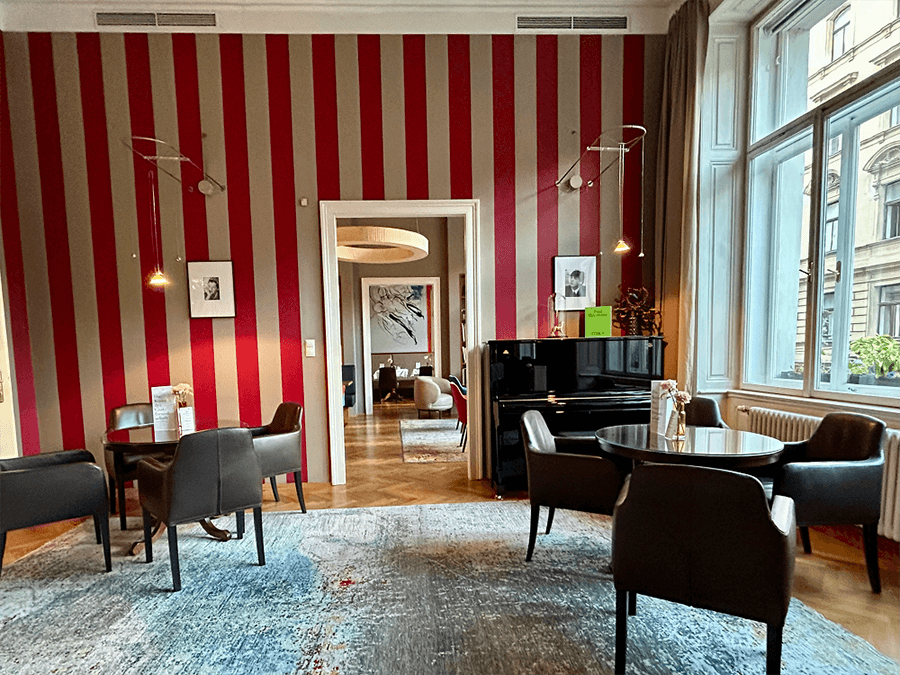
A one-time 19th century townhouse, Hotel Altstadt was as welcoming as it was colorful and beyond creative. Dixon’s stay in the Violet Suite (a room with shades of, yes, purple) was representative of the boutique hotel’s 50-plus rooms – all different, all devoted to style. And around every corner of its labyrinth of hallways was an artisanal surprise.
No longer a just-arrived-on-the-scene novice, Dixon’s exploration of this new city was on her own with the discounted assistance of the Vienna City Card and on-the-move exploration from a seat aboard the Vienna Ring Tram (transportation encircling the old city).
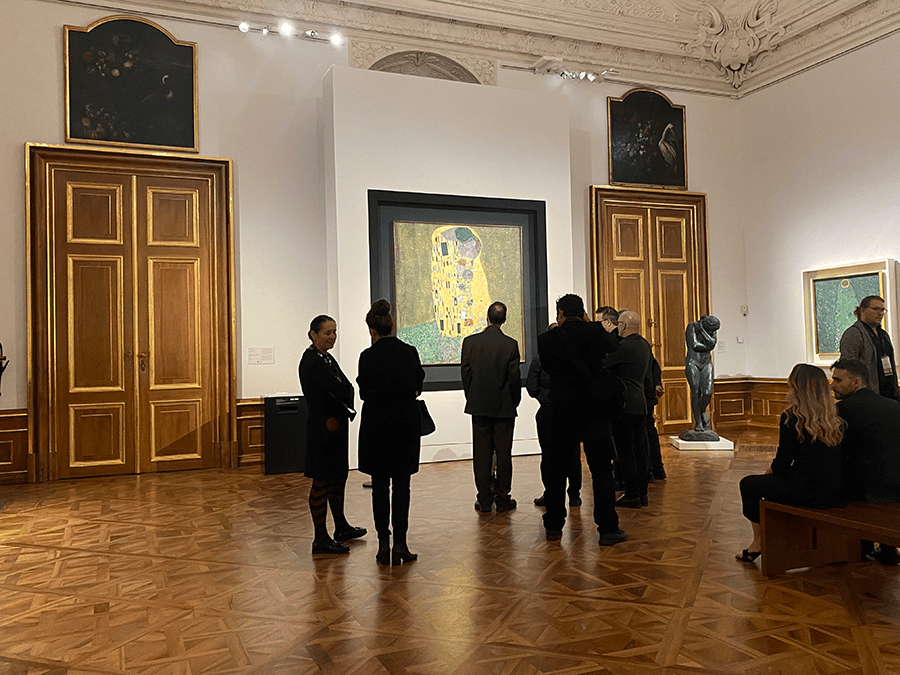
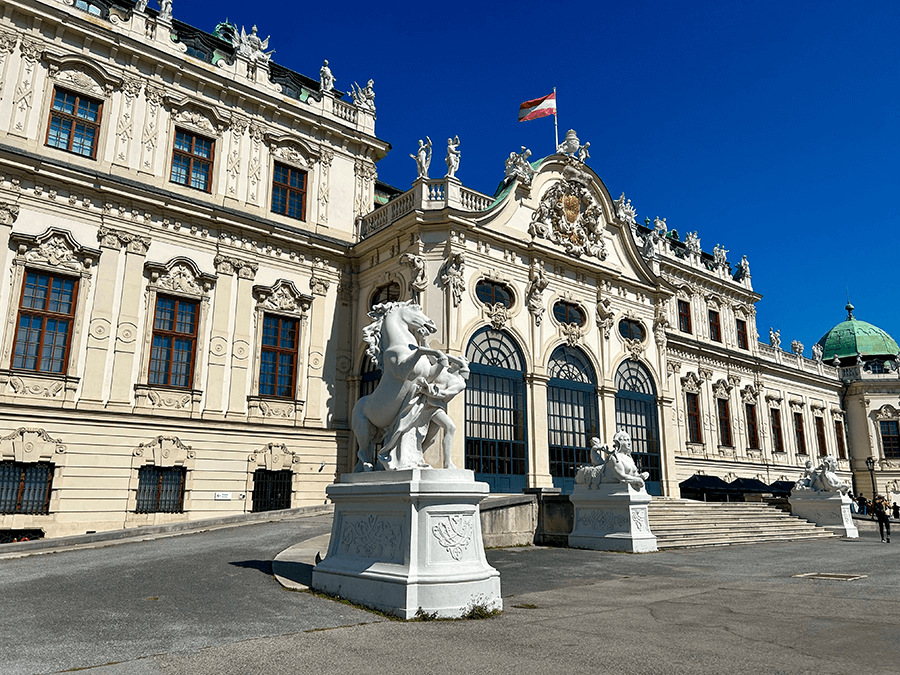
As a museum mecca, visits to several galleries seemed mandatory. Belvedere Palace, best known as home to the largest collection of Gustav Klimt paintings, including the artist’s most famous – the Kiss – was visited for its French-inspired gardens as much as it was for its permanent collection. The Sisi Museum within the Imperial Palace provided an authentic peek into the life of the country’s beloved Empress Elisabeth. And Schönbrunn Palace showcased a back-in-the-day vision of Imperial living.
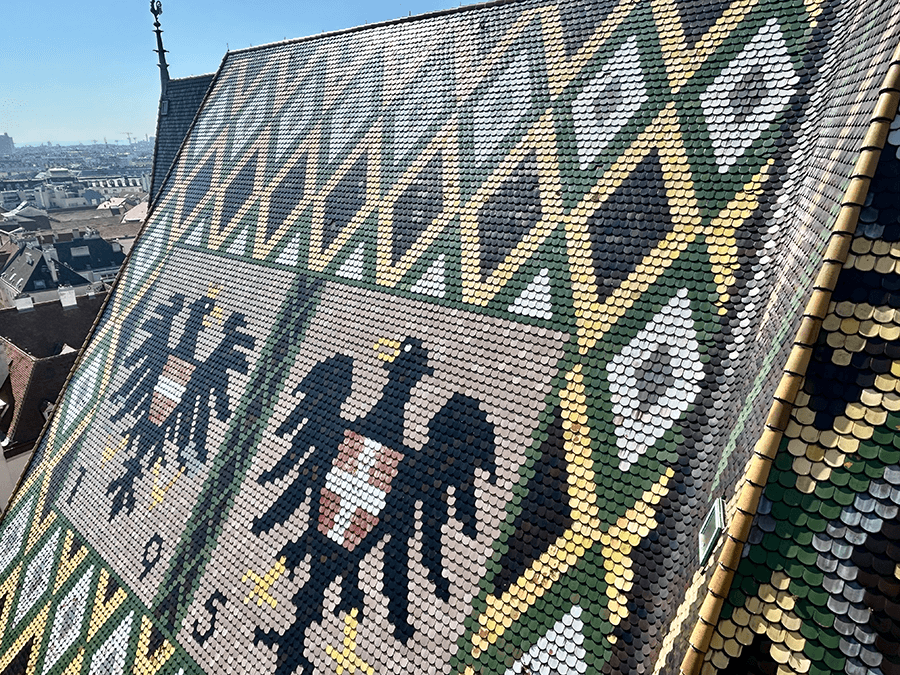
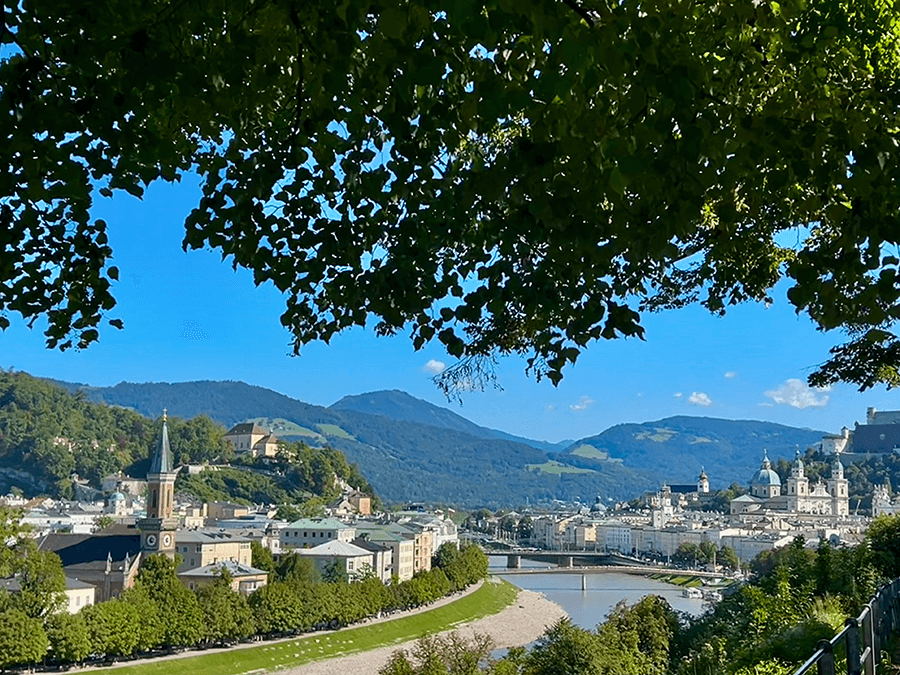
An elevator ride to the outdoor rooftop of St. Stephen’s Cathedral revealed an overall vista of Vienna, as well as an up-close look of the landmark’s noted craftsmanship displayed in its roof’s 230,000 glazed tiles. This perspective presented the best view of its most distinguishing design, the double-headed eagle – symbolic of the Habsburg dynasty.
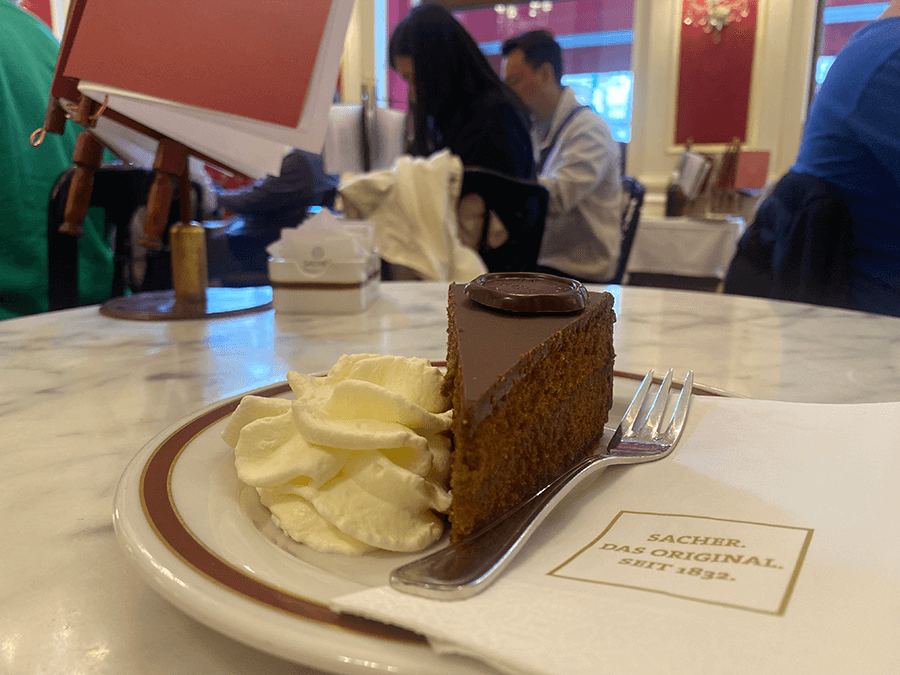
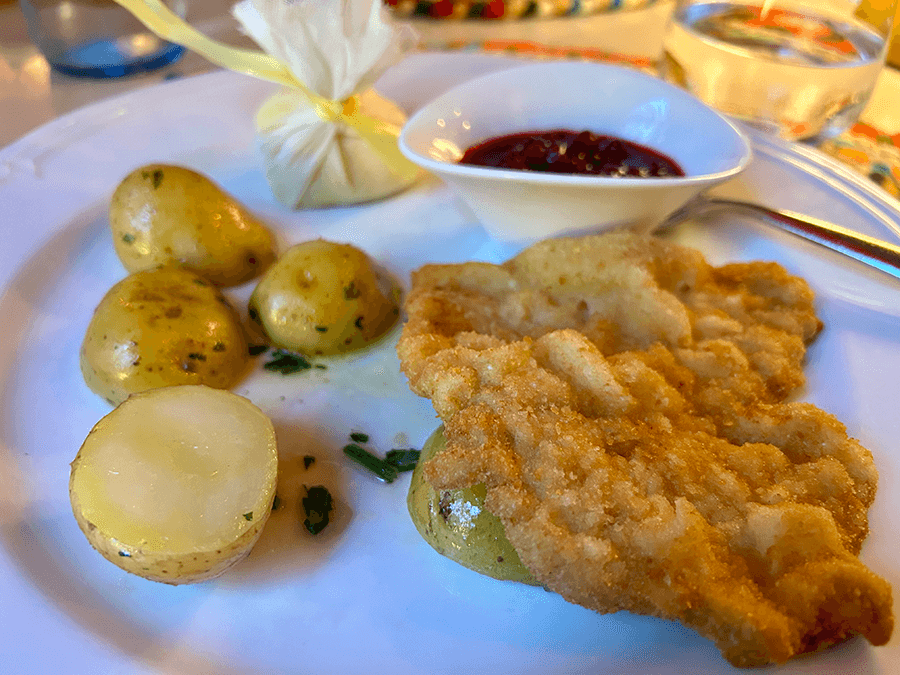
But in the midst of museums, cathedral visits and stallion training, Dixon knew that to truly experience Austria it was important to indulge in the Viennese coffee house culture. Her selection, though she wouldn’t recommend the Sacher Hotel (too crowded, too touristy), was a Sachertorte (chocolate cake layered with apricot jam and topped with a dollop of cream), accompanied by a mélange (an Austrian-style cappuccino) – which served as a tailor-made respite and final-day wind down.
Airport bound, Dixon made mental note of her impressions: church bells everywhere, litter almost nowhere, drinkable tap water, perfectly presented cuisine and the effortless functionality of the Salzburg and Vienna City cards.
At the end of the visit, it was the tour guide’s quote made at its beginning that best summated this traveler’s first continental foray:
“Austria is everything to love about Europe in one place.”
All photos credit: Cynthia Dial
Hotel Alstadt Vienna
Kirchengasse 41
1070 Wien
Austria

